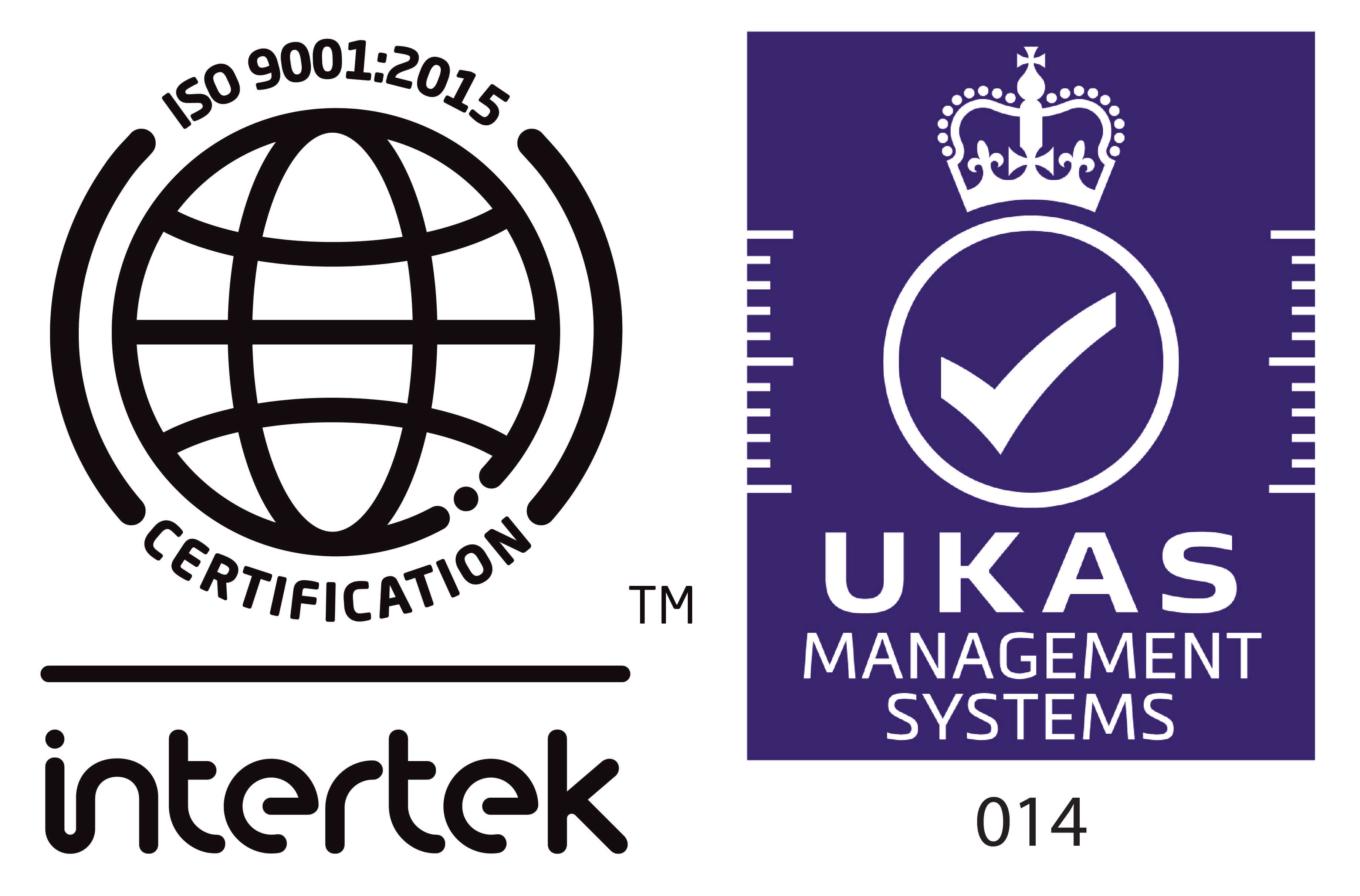Brexit Deadline, Powell Testimony And Nonfarm Payroll Data To Decide Gold’s Fate In December
Posted on Nov 28, 2020 at 12:00 am
As usual, a number of deadlines for the BREXIT negotiations have elapsed during the last few weeks without this having any impact. The EU chief negotiator, Barnier, had first mentioned the end of October as the deadline for concluding negotiations, as national parliaments needed time to ratify any agreement. British Prime Minister Johnson countered with an even tighter deadline, saying that further negotiations would make little sense after the EU summit in mid-October. Then the EU summit on November 18 was mentioned as the absolute last date for an agreement. Now, one week later and only five weeks before the last deadline – December 31 – negotiations are continuing
The reason is that neither party wants to be at fault at the end of the negotiations and that there is room for maneuver in the implementation of an agreement, a fact that is not mentioned. After all, setting deadlines is intended to create drama that puts pressure on the other party. But the only thing it actually succeeds in doing is creating confusion in the public. The first important point is that an agreement with the United Kingdom does not have to go through the national parliaments. This is essentially for the EU Council to decide. The only thing that is absolutely necessary is approval by the EU Council itself and the European Parliament. The latter is already thinking aloud about a special session on December 28.
But there is still a back door. The EU Council's assent to an agreement with the UK could be provisional, subject to subsequent ratification by national parliaments. There are a number of precedents for such an approach. For example, the trade agreement with Canada has been provisionally in force since September 2017 and yet has still not been ratified by all EU Member States.
Even if setting deadlines has probably served mainly to put pressure on the negotiating partner, this does not mean that there is no time pressure. According to statements by EU representatives, the translation of an agreement into all EU languages will not be completed in time. This means that there must be agreement within the EU to accept the English text as the legal basis. The most important thing, however, is that agreement on the substance of the agreement is still pending in the familiar areas of competition and fisheries. How much of this is negotiation strategy and how much substance is involved cannot be assessed from the outside. Accordingly, the outcome of the negotiations is open.
Where the absolutely last possible moment for agreement to be reached is, will also depend on the parties themselves. But in any case it will be tight. For the negotiators will want to portray the fact that they have exhausted their opponent to the ultimate degree. If the negotiations fail, however, this will mean little preparation time for the markets. We assume that the start of the new year will be bumpy, at least as far as trade relations are concerned. In any case, we can expect convoys of trucks at the borders and delays in delivery. Everything else will probably depend on the outcome of the negotiations.
View on Gold
Gold broke below key support areas and lost more than 4% to end the week below $1,800 pressured by technical selling pressure and the lack of interest for safe-haven assets.
Gold started the week under strong bearish pressure as risk flows continued to dominate the financial markets. AstraZeneca announced on Monday that the COVID-19 vaccine they have been developing with the Oxford University showed up to 90% effectiveness in the latest trials. Following this development, the bullion lost 1.77% on Monday. Moreover, the upbeat Markit PMI data from the US, which showed ongoing expansion in the manufacturing and service sector’s business activity at a robust pace in November, provided an additional boost to the risk-sensitive assets and further weighed on gold.
On Tuesday, the risk-on mood remained unimpaired and caused gold to slump to its lowest level since July 17th near $1,800. However, the broad selling pressure surrounding the greenback allowed the pair to limit its losses
On Wednesday, mixed macroeconomic data releases from the US failed to trigger a significant market reaction. The US Bureau of Economic Analysis reported that it left the annual GDP growth in the third quarter unchanged at 33.1%. The thin trading conditions due to the Thanksgiving Day holiday in the US allowed gold to consolidate its losses in the second half of the week. However, a drop below $1,800 on Friday triggered a technical selloff and dragged Gold to a fresh multi-month low of $1,774.
At the start of the next week, the official Manufacturing and Non-Manufacturing PMI figures from China will be the first data that could have an impact on market sentiment. On Tuesday, FOMC Chairman Jerome Powell will be testifying before Congress and investors will look for fresh clues regarding possible adjustments to the asset purchase program. The FOMC’s November Minutes on Wednesday that policymakers noted they could provide more accommodation, if appropriate, by increasing the pace of purchases or shifting to longer maturities. In the meantime, the ISM Manufacturing PMI will be featured in the US economic docket. On Thursday, the ISM Services PMI and the Initial Jobless Claims data will be released from the US. However, investors are likely to ignore these data while waiting for the US Bureau of Labor Statistics Nonfarm Payrolls (NFP) report on Friday. Analysts expect the NFP to come in at 520,000 in November following October’s increase of 638,000. A better-than-expected reading could help US stocks gain traction and make it difficult for gold to find demand.



